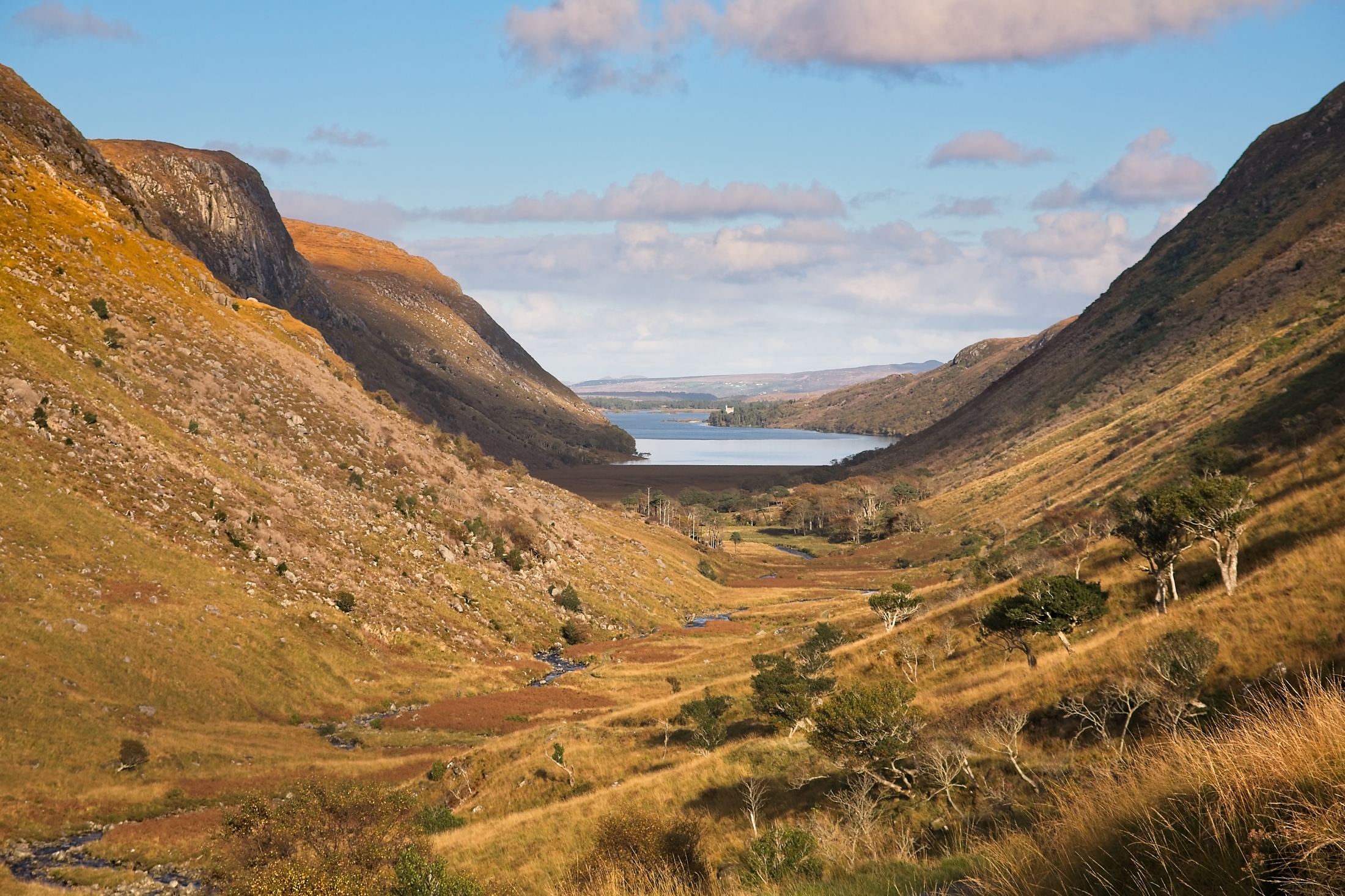I bought my first book by Michael Freeman back in the early 80s. He’s probably the best out there—certainly the most impressive I’ve come across in almost 50 years as an amateur photographer.
If you’re starting out in photography and trying to get your head around what has become quite a complex subject in the digital age, I can recommend his publications. Many can be purchased in electronic form (see image below for 3 examples).
At the time of writing his latest book is Composition.

“A leading photographer for the Smithsonian Magazine for three decades (more than 40 assignment stories), Freeman has also published 147 books on subjects as varied as Angkor, Sudan, ethnic minorities in Southeast Asia, the Shakers, and contemporary Japanese design and architecture. His 67 books on the practice of photography are standard works, and have sold over 3 million copies in more than 20 languages (4 million for all his books)” (From michaelfreemanphoto.com).









